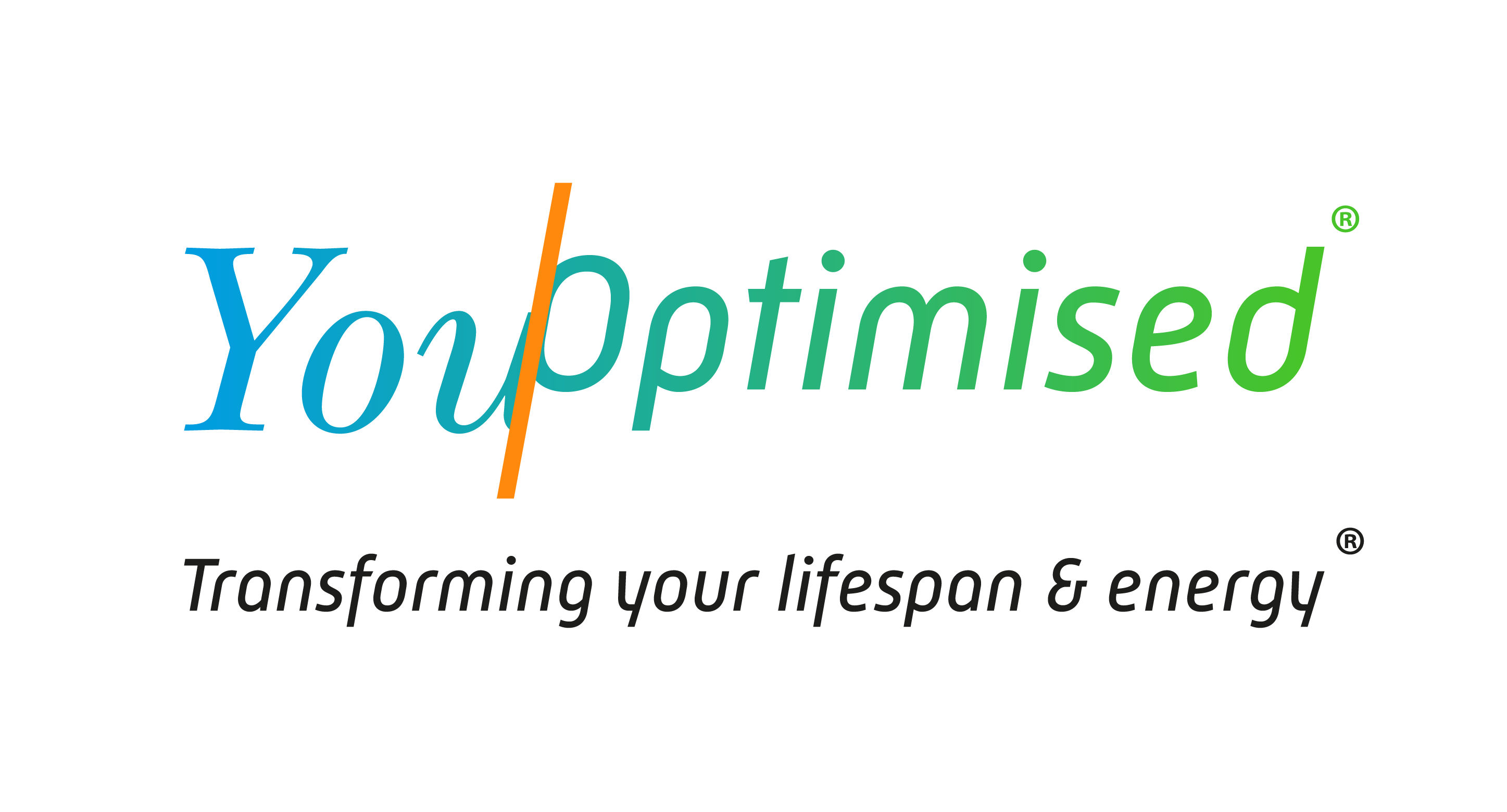In the fast-paced business world, an insidious threat often hides in plain sight: Work-Related Musculoskeletal Disorders (WRMSDs). These disorders, while prevalent, are frequently left unaddressed, resulting in substantial productivity losses and employee suffering. It’s time for businesses and industries to take the lead in addressing this epidemic.
The Call for Systematic Screening, Early Access to Care, and Prevention
Businesses and industries play a pivotal role in safeguarding the health and well-being of their workforce. To combat the scourge of WRMSDs, they must champion three essential pillars: systematic screening, early access to care, and prevention.
Systematic Screening
Businesses must implement systematic screening programs to effectively tackle WRMSDs. Regular assessments can help identify at-risk employees and detect early signs of these disorders. Early intervention can significantly reduce the severity and impact of WRMSDs.
Early Access to Care
Providing employees with prompt access to healthcare services is paramount. Timely diagnosis and treatment can prevent minor issues from escalating into debilitating conditions. Employers should facilitate medical consultations and support employees in seeking medical attention without delay.
Prevention of Work-Related Absence and Disability
Prevention is always better than cure. Businesses should invest in preventive measures to mitigate the risk of WRMSDs. These measures include ergonomic workplace designs, training in safe work practices, and promoting a culture of health and well-being.
The Business Case for Action
Addressing WRMSDs isn’t just a moral imperative; it’s also a savvy business move. Here are some compelling reasons why businesses and industries should lead the charge:
Enhanced Productivity
A healthy workforce is a productive workforce. By preventing WRMSDs and minimizing work-related absences, businesses can maintain consistent productivity levels and avoid costly disruptions.
Reduced Healthcare Costs
Prevention and early intervention can lead to significant cost savings on healthcare expenditures. Treating advanced WRMSDs is more expensive and less effective in terms of recovery and rehabilitation.
Improved Employee Morale
Employees appreciate when their employers prioritize their well-being. Preventing WRMSDs demonstrates a commitment to employee health and safety, boosting morale and job satisfaction.
Competitive Advantage
Companies that excel in employee health and safety gain a competitive edge. They can attract and retain top talent, and their reputation as responsible employers can positively impact customer perception.
Joining Forces for a Healthier Future
Businesses cannot win the battle against WRMSDs alone. Collaboration across industries, with guidance from policymakers, is essential. Employers, employees, and government bodies must work together to create a safer and healthier work environment.
Businesses can address this epidemic by systematically screening for WRMSDs, providing early access to care, and prioritizing prevention. The result? A healthier, more productive workforce, reduced healthcare costs, and a brighter future for all.
Frequently Asked Questions
1. What are Work-Related Musculoskeletal Disorders (WRMSDs)?
WRMSDs are conditions affecting muscles, bones, tendons, ligaments, and more due to workplace factors.
2. Why should businesses and industries take the lead in addressing WRMSDs?
Businesses play a pivotal role in safeguarding employee health, and addressing WRMSDs leads to enhanced productivity, reduced healthcare costs, and improved employee morale.
3. How can businesses prevent WRMSDs?
Prevention involves systematic screening, early access to care, and measures like ergonomic workplace design and safe work practices.
4. What is the role of collaboration in addressing WRMSDs?
Collaboration across industries, with guidance from policymakers, is essential to create a safer and healthier work environment.
5. What are the benefits of addressing WRMSDs for businesses?
Benefits include enhanced productivity, reduced healthcare costs, improved employee morale, and a competitive advantage in attracting and retaining top talent.

